Calathea Care: Tips to Keep Your Plant Colorful and Beautiful
The Calathea
Known for its incredibly patterned leaves, it's native to tropical regions of the Americas, specifically Brazil and Peru. Its unique feature is that its leaves fold at night and unfold again at the first hint of light, creating a truly stunning display.
It is a relatively easy plant to care for, as long as we cover its basic requirements: light and humidity.
FUN FACT
Most Calathea varieties are pet-friendly!
_________________________________________________
How to care for your Calathea
Use these instructions to care for a Calathea. This guide will tell you how to water a Calathea; its light, temperature, and humidity preferences, and any additional care it may need to help it thrive.
It will always prefer indirect light, a space with bright light, but where the sun's rays do not touch its leaves, as it would lose its color and burn.
It's best to water it thoroughly until you see water running out of the pot's drainage. When you water it again, check that the soil has dried. However, it's very important not to let it dry out completely, as the leaves will lose their shine and turn brown. Good drainage can prevent root rot.
![]()
Like many tropical houseplants, the Calathea prefers a location with plenty of humidity. You can lightly mist its leaves once or twice a week.
![]()
Enjoy the warmth, preferably between 22°C and 30°C. It's best to avoid cold drafts and sudden temperature changes.
![]()
A good time to fertilize is in early summer, and it can be every 4 weeks during these seasons. No fertilizer is necessary during the winter, when the plant's growth naturally slows.
![]()
Calathea is non-toxic to cats, dogs and humans.
If you notice the edges of the leaves starting to take on a yellowish hue, it could be due to water quality. To resolve this, use distilled water or leave tap water in a carboy overnight before watering so the chlorine and fluoride can evaporate. It's a good idea to remove any yellowed leaves to ensure they continue to grow strongly. It's not recommended to use a shine product on the leaves; instead, wipe the leaves occasionally with a damp cloth.

_________________________________________________
Common problems for your Calathea

Your Calathea's leaves could be curling for several reasons. Let's investigate and get to the bottom of it!
Incredibly dry soil
Your Calathea prefers consistently moist soil. Make sure you don't overwater or underwater your plant. Maintain a consistent watering schedule: water when the top 1"-2" of soil is dry.
If you accidentally let your Calathea's soil dry out completely, you may see the leaves limp, droop, and possibly start to brown and curl. If the soil is extremely dry all the way through the pot, a thorough soaking is in order.
Here's how to soak your Calathea:
-
Place your plant in your sink or tub without the saucer. Fill the basin with about 3-4 inches of water. Make sure the water isn't too hot!
-
Let your plant absorb water through the drainage hole at the bottom of the pot for at least 45 minutes.
-
Feel the top of the soil after your plant has been soaked, has the water reached the top 2-3" of soil?
-
If not all of the soil feels saturated, water your Calathea lightly from the top of the soil to help speed up saturation.
-
When your plant's soil is evenly moist, drain the sink/tub and let the plant rest while it drains well. Return the plant to its saucer and place it back in its proper location.
Water quality
If curling continues after adjusting your watering schedule, another common reason for calathea leaves to curl could be tap water. Tap water contains salts, chlorine, minerals, and fluoride, all of which can accumulate in the plant's soil, causing leaf tips to burn, turn brown, and curl. One way to remedy this is to use a water filtration system. If you don't have one available, leaving the water in an open container or soaking it overnight before using it can help remove some of the chlorine.
Temperature
Make sure your plant isn't in a drafty area or in the path of heating and cooling vents. Leaves will curl if the plant is cold, or excessively dry from constant hot airflow.
There is not enough humidity
Your Calathea is a tropical plant, so it will thrive in more humid environments. Increase the humidity around your plant by regularly misting the leaves, using a tray of pebbles, or placing a humidifier nearby.

Your Calathea's leaves could be turning brown for a number of reasons, but don't worry! We'll get to the bottom of this.
First, let's clean your plant. This allows the plant to direct its energy toward new, healthy growth.
- Remove any brown leaves (they will not turn green again) or the dead portion with a sharp pair of scissors or pruning shears.
- Clean the blades of your scissors with rubbing alcohol between each turnip.
-
You may need to trim your plant in stages because you never want to remove more than 20% of the affected leaves at a time, which could harm your plant. Now, We're going to put your Calathea on the road to recovery.
Water quality
The most common reason calathea leaves are turning brown around the edges could be due to tap water. Tap water contains salts, chlorine, minerals, and fluoride, all of which can accumulate in the plant's soil, causing leaf tips to burn, turn brown, and curl. One way to remedy this is to use a water filtration system. If you don't have one available, leaving the water in an open container or soaking it overnight before using it can help remove some of the chlorine.
Increase humidity
Your Calathea is a tropical plant, so it will thrive in more humid environments. Increase the humidity around your plant by regularly misting the leaves, using a tray of pebbles, or placing a humidifier nearby.
Incredibly dry soil
Your Calathea prefers consistently moist soil. Make sure you don't overwater or underwater your plant. Maintain a consistent watering schedule: water when the top 1"-2" of soil is dry.
If you accidentally let your Calathea's soil dry out completely, you may see the leaves limp, droop, and possibly start to brown and curl. If the soil is extremely dry all the way through the pot, a thorough soaking is in order.
Here's how to soak your Calathea:
- Place your plant in your sink or tub without the saucer. Fill the basin with about 3-4 inches of water. Make sure the water isn't too hot!
- Let your plant absorb water through the drainage hole at the bottom of the pot for at least 45 minutes.
- Feel the top of the soil after your plant has been soaked, has the water reached the top 2-3" of soil?
- If not all of the soil feels saturated, water your Calathea lightly from the top of the soil to help speed up saturation.
- When your plant's soil is evenly moist, drain the sink/tub and let the plant rest while it drains well. Return the plant to its saucer and place it back in its proper location.
Temperature
Make sure your plant isn't in a drafty area or in the path of heating and cooling vents. If the leaves curl, the plant is cold or excessively dry due to the constant airflow.




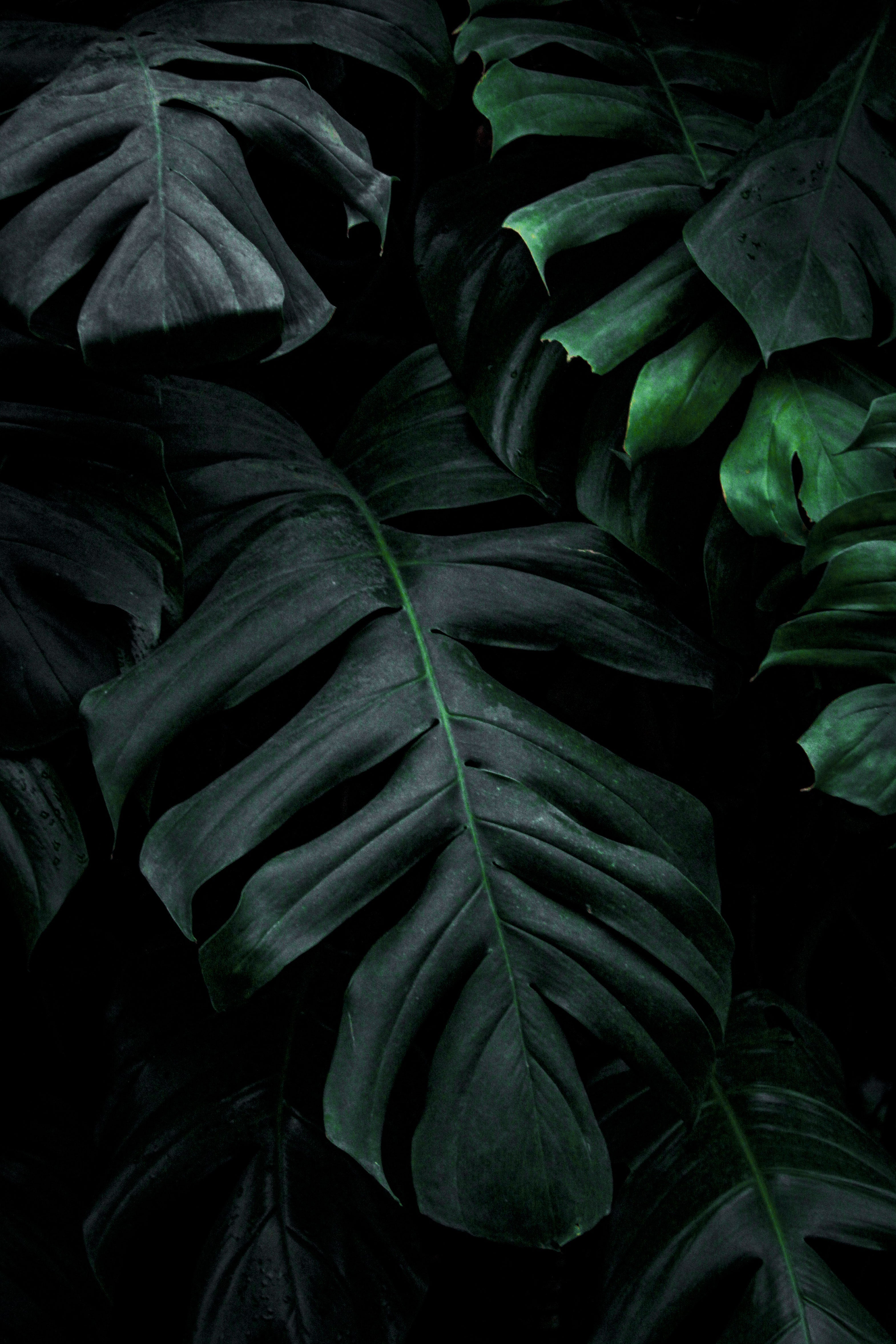
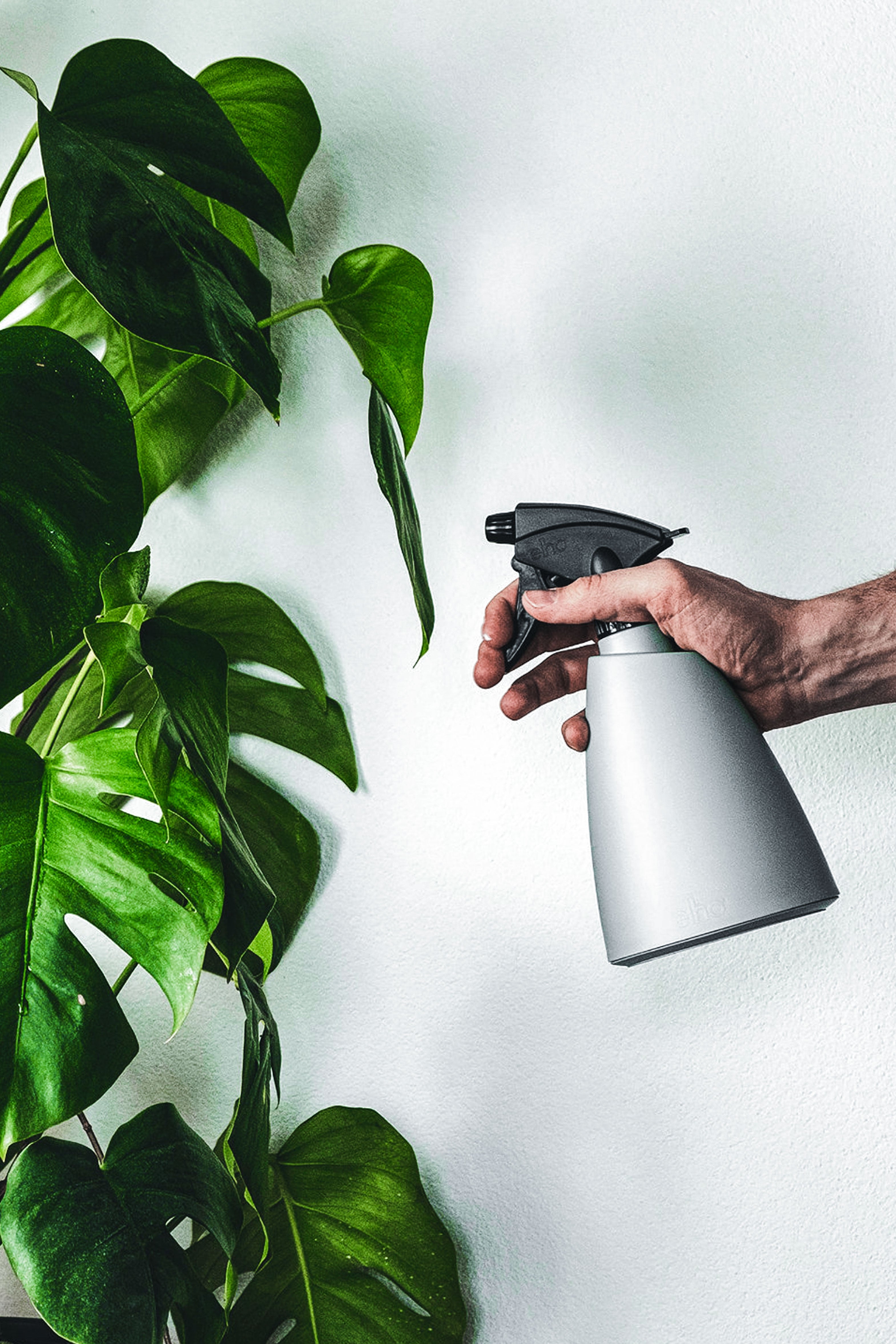
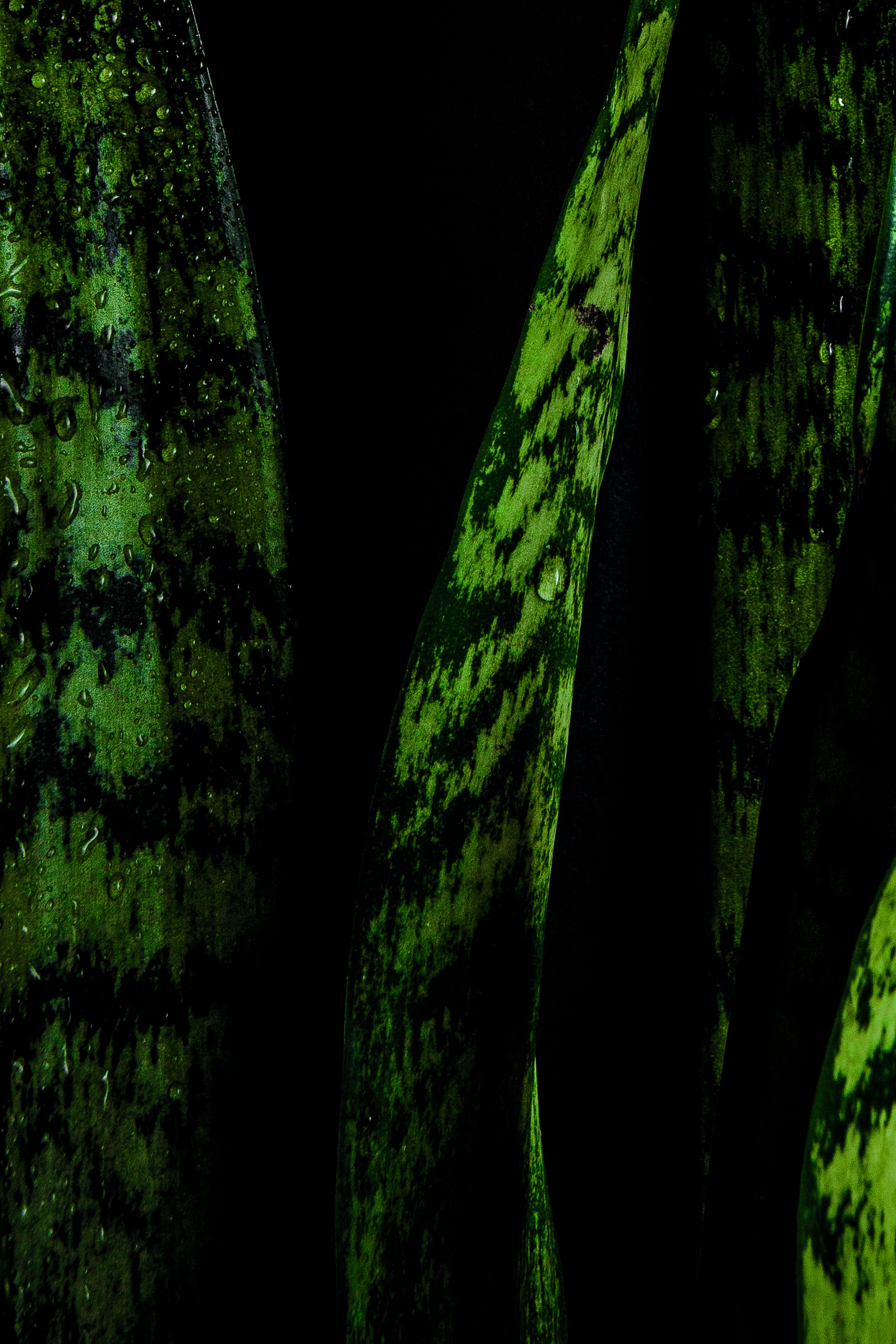
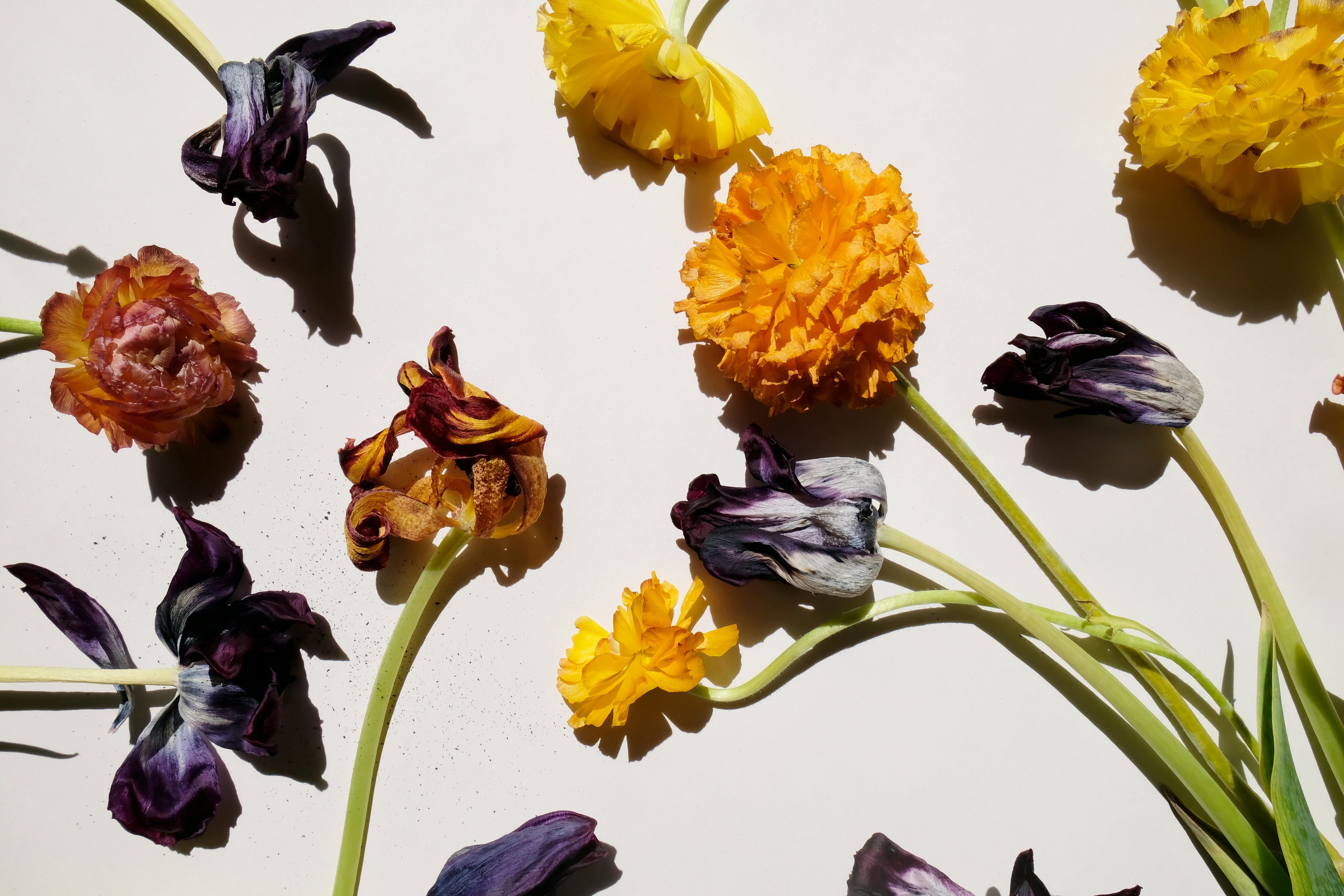
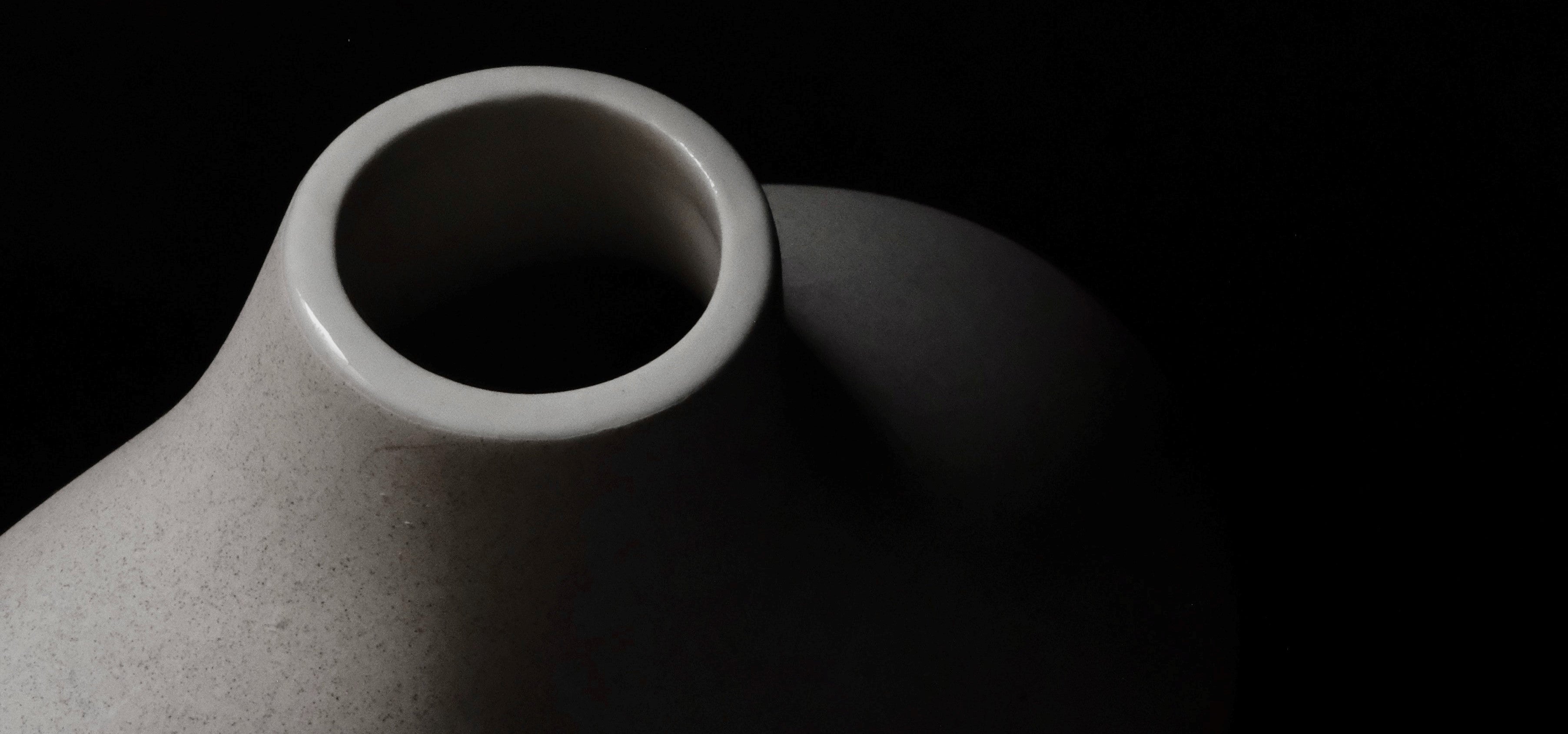
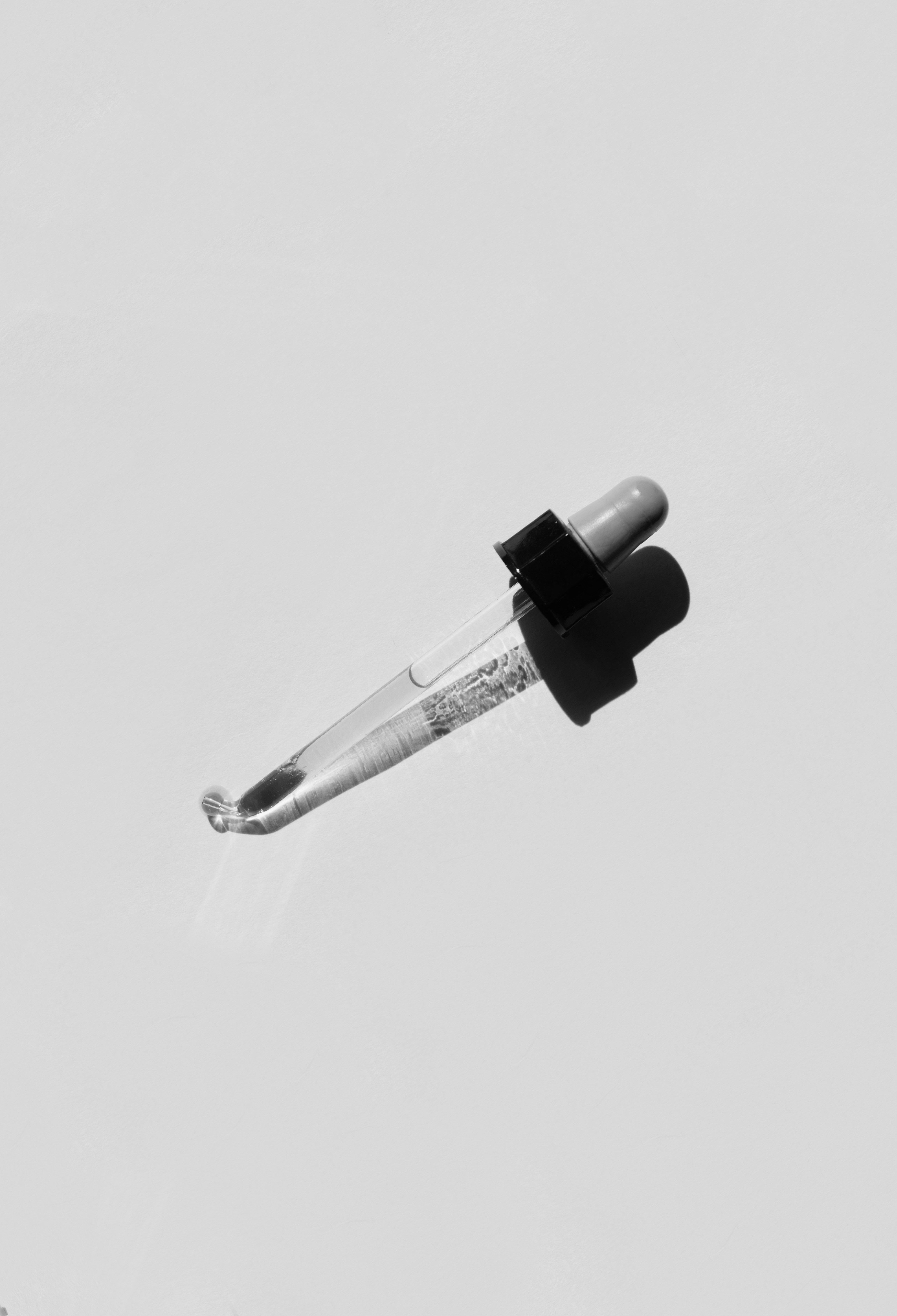
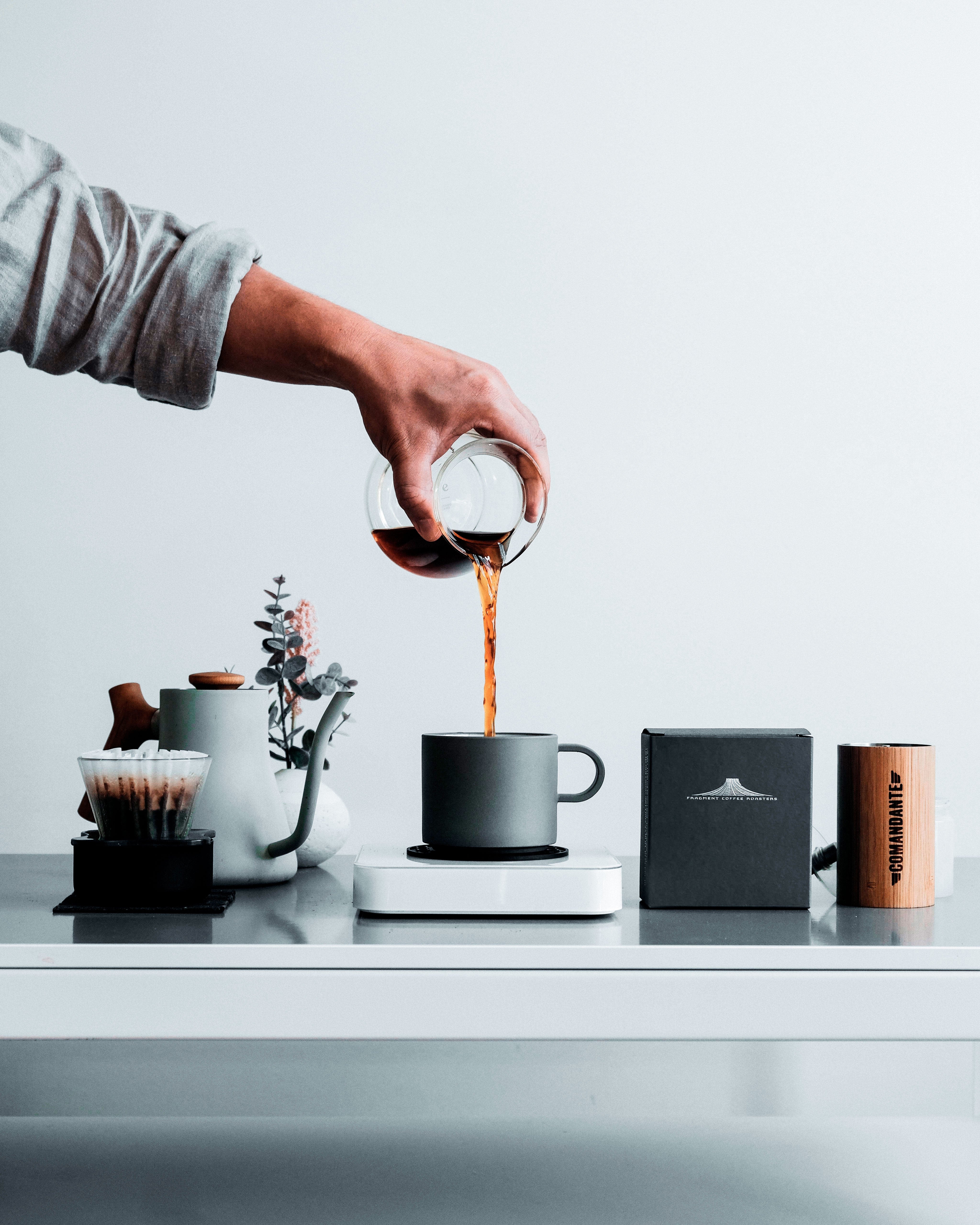
Leave a comment